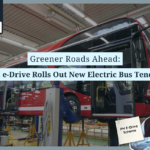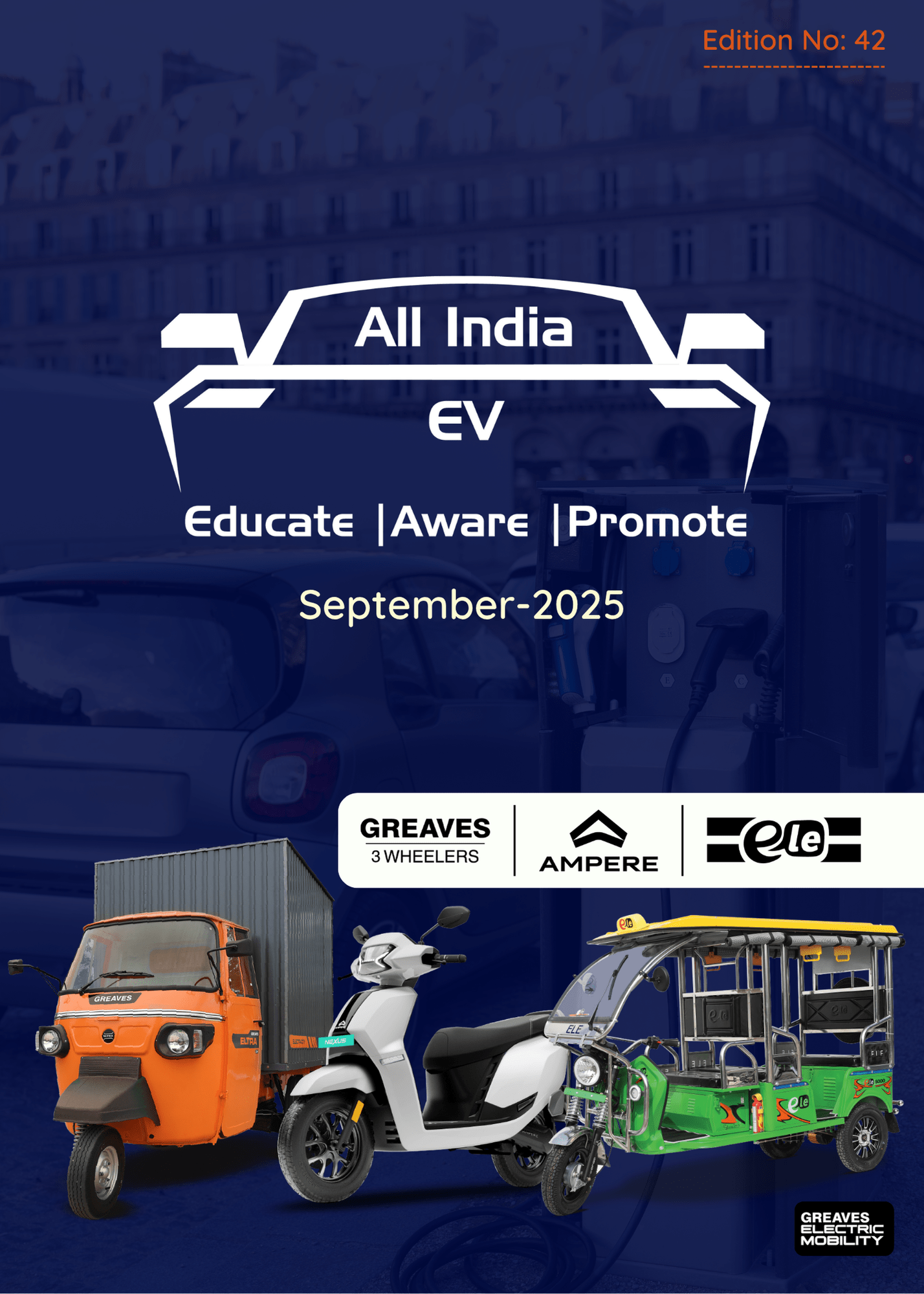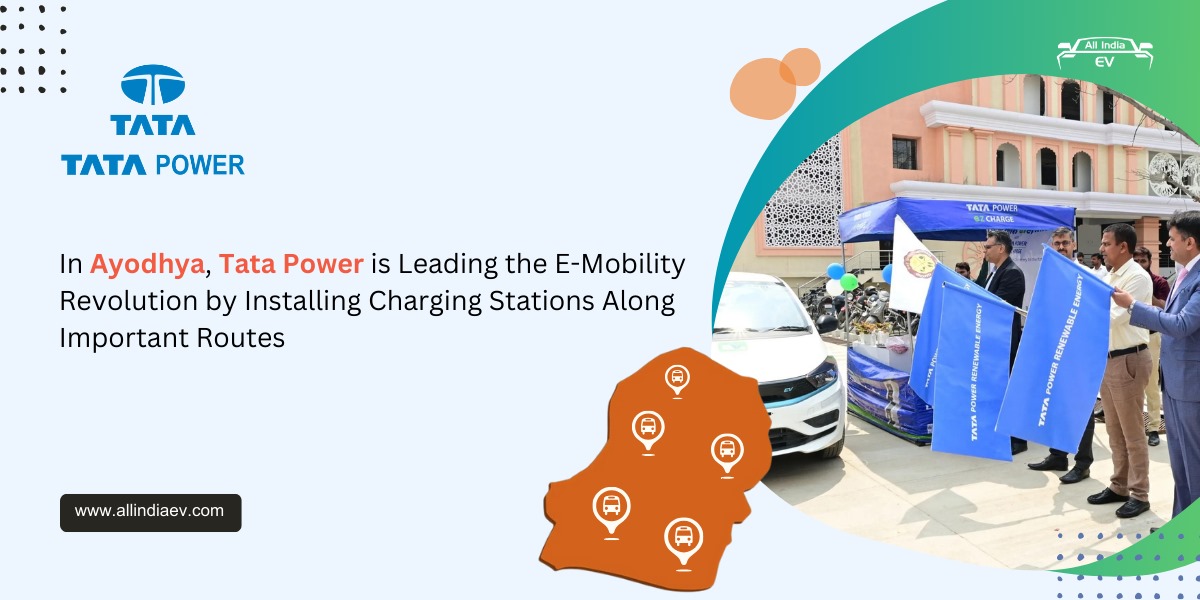
As electric vehicles (EVs) gain traction globally, the conversation around how best to power them is heating up. Two dominant methods have emerged—battery swapping and fast charging—each with its own strengths, challenges, and regional popularity. But in the context of India’s evolving EV ecosystem, which approach truly fits our unique needs?
The Promise of Battery Swapping
Imagine pulling into a station and replacing your depleted battery with a fully charged one—in just minutes. That’s the potential of battery swapping. This model has seen massive adoption in countries like China, where companies like Nio operate over 3,000 battery swap stations. In Southeast Asia, especially Indonesia, battery swapping has become a game-changer for the two-wheeler segment.
Benefits of Battery Swapping:
• Lower upfront costs for consumers
• Quick turnaround and minimal downtime
• Centralized charging, often during off-peak hours
Challenges:
• Concerns around battery quality and lifespan
• High infrastructure investment required
• Lack of standardization across EV models
While the speed and convenience of battery swapping are undeniable, scaling it on a national level comes with logistical and technical hurdles.
The Rise of Fast Charging
On the other hand, fast charging is quickly becoming the preferred choice in the U.S. and Europe. The accessibility of home chargers, rapid improvements in charging technology, and a growing network of public charging stations have fueled its rise.
Benefits of Fast Charging:
• Convenient for personal vehicle owners
• Compatibility with home and public setups
• Leverages existing electrical infrastructure
Challenges:
• Requires home electrical upgrades in some cases
• High installation costs for public stations
• Increased strain on power grids during peak usage
• Higher upfront cost of fast-charging-enabled EVs
In urban areas where space is limited and infrastructure is still catching up, fast charging offers a more familiar and scalable solution—especially in the short term.
What Path is Right for India?
India’s EV ecosystem is still in its nascent stages. Our diverse geography, mixed vehicle segments (from two-wheelers to commercial fleets), and varying user behaviors mean that a one-size-fits-all approach won’t work.
So the critical question remains:
Which model suits India better—battery swapping, fast charging, or a hybrid solution that blends both?
We may not have a definitive answer yet, but the key lies in building flexible infrastructure, encouraging innovation, and creating policies that support both models as they evolve.
⸻
Article is written by :
Mr. Siddharth Patel,
Chief Marketing Officer, Greenway Mobility.











Whoa, that’s a big debate! But hey, India’s roads are wild, and so are its EV needs. At Nikol EV, we’re not picking sides—we’re building chargers that work with fast charging and future-ready setups, Because in India, flexibility isn’t a feature—it’s survival.
Get to know more about us here- http://www.nikolev.in
Contact us- 8485853574″
India is going electric — and NIKOL EV is driving the change!
As EV adoption surges with better financing and awareness, the need for dependable charging is greater than ever. That’s where we come in.
At NIKOL EV, we’re building a smarter, faster, and greener charging network to support India’s shift to electric mobility.
🔋 Powering progress, one charge at a time.
🌍 Join the movement toward a cleaner, connected future.
👉 Explore: http://www.nikolev.in
📞 Call us: 9325859884
The road to a greener India is electric — and we’re paving the way.
With more EVs hitting the streets each day, NIKOL EV is committed to building a nationwide charging infrastructure that’s smart, fast, and future-ready.
Let’s power a cleaner tomorrow — together.
🔌 Learn more: http://www.nikolev.in
📞 Contact us: 9325859884